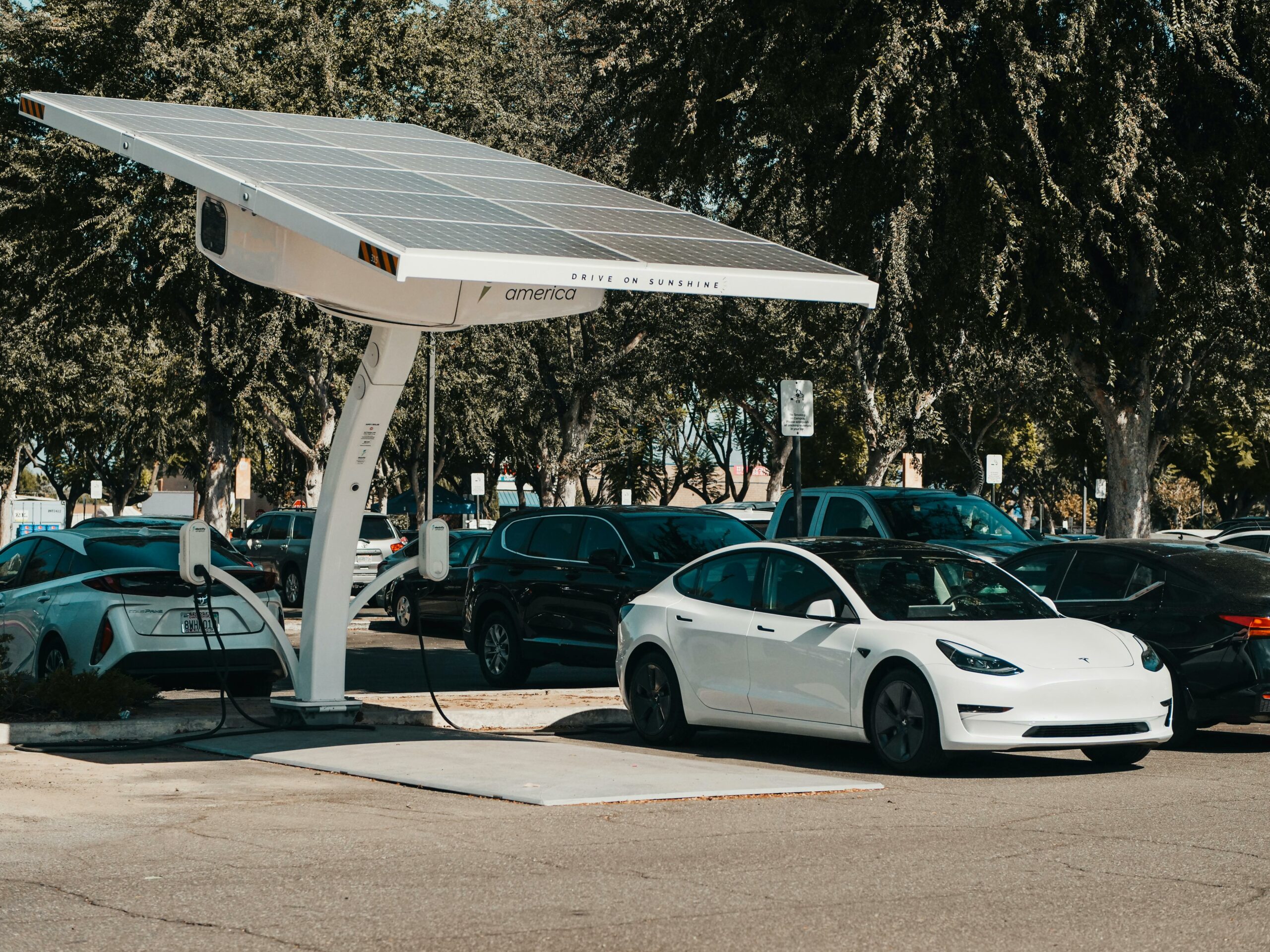The Invisible Battery Killer: Temperature Extremes
Your EV battery is essentially a finely tuned system of chemical reactions, all of which are temperature-sensitive. Cold weather can reduce battery efficiency, while excessive heat speeds up chemical degradation. This means that simply parking in direct sunlight during summer or letting your car freeze overnight could be slowly draining your battery’s long-term vitality.

The Invisible Battery Killer: Temperature Extremes
Your EV battery is essentially a finely tuned system of chemical reactions, all of which are temperature-sensitive. Cold weather can reduce battery efficiency, while excessive heat speeds up chemical degradation. This means that simply parking in direct sunlight during summer or letting your car freeze overnight could be slowly draining your battery’s long-term vitality.
The Thermodynamics at Work
Thermodynamics teaches us that heat energy flows from warmer to cooler areas, and that maintaining equilibrium is essential for system stability. In EVs, managing that thermal balance is critical. If the battery gets too hot or too cold, it needs to expend energy to cool or warm itself—energy that could otherwise power your drive.
Smart Strategies for Battery Care
You don’t need a physics degree to protect your EV. Here are some practical tips rooted in thermodynamic wisdom:
The Bottom Line
By being mindful of temperature and leveraging basic thermodynamics, you’re not just preserving battery life—you’re maximizing performance, efficiency, and the overall joy of driving electric. Small changes in how and where you park can lead to long-term gains for your vehicle and your wallet.
So next time you tuck your EV under a shady tree or warm it up on a frosty morning, give a little nod to the laws of thermodynamics. They’re quietly working with you to power the future.

Thermodynamics plays a pivotal role in how batteries function, age, and ultimately perform over time. Here are the key thermodynamic principles that directly impact battery life:
1. First Law of Thermodynamics (Energy Conservation)
This law states that energy cannot be created or destroyed—only transformed. In batteries, chemical energy is converted into electrical energy during discharge, and vice versa during charging. However, not all energy is efficiently converted; some is lost as heat due to internal resistance.
2. Second Law of Thermodynamics (Entropy and Efficiency)
This law introduces the concept of entropy—essentially, the measure of disorder. Every energy conversion increases entropy, meaning some energy becomes unusable. In batteries, this manifests as heat generation and gradual degradation of materials, reducing efficiency and lifespan over time.
3. Gibbs Free Energy (ΔG)
The change in Gibbs free energy determines whether a battery reaction is spontaneous. A negative ΔG indicates that the battery can deliver energy. Over time, as the battery degrades, ΔG becomes less negative, reducing the battery’s ability to provide power efficiently.
4. Thermal Management and Heat Transfer
Batteries generate heat during operation. According to thermodynamic principles, excessive heat accelerates chemical degradation and side reactions. Maintaining an optimal temperature range is crucial—too hot or too cold, and the battery’s performance and longevity suffer.
5. Open Circuit Voltage (OCV) and Nernst Equation
The OCV of a battery is related to the difference in chemical potential between the electrodes. The Nernst equation helps predict how voltage changes with temperature and concentration, offering insights into battery health and state of charge.
6. Phase Stability and Metastability
Many battery materials exist in metastable states—thermodynamically not the most stable, but kinetically trapped. Over time, these materials can transition to more stable phases, often leading to capacity loss or structural failure.